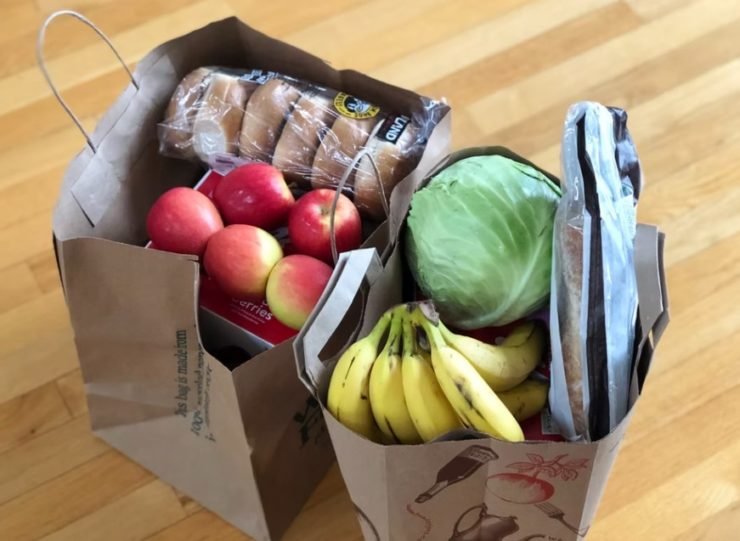Food budgeting can be tough!
Coming in under budget was always one of the hardest parts of running a professional kitchen. But, by planning menus and ordering ingredients under strict restaurant budgets, I’ve learned a few things that make the job at home a lot easier.
While stocking a giant walk-in cooler isn’t exactly the same as a one-door refrigerator, you’d be surprised how similar they really are. Using my professional experience and applying it to my life at home, I’ve come up with 8 food budgeting tips that can save you money and help you eat better.
In This Article
1. Meal Plan
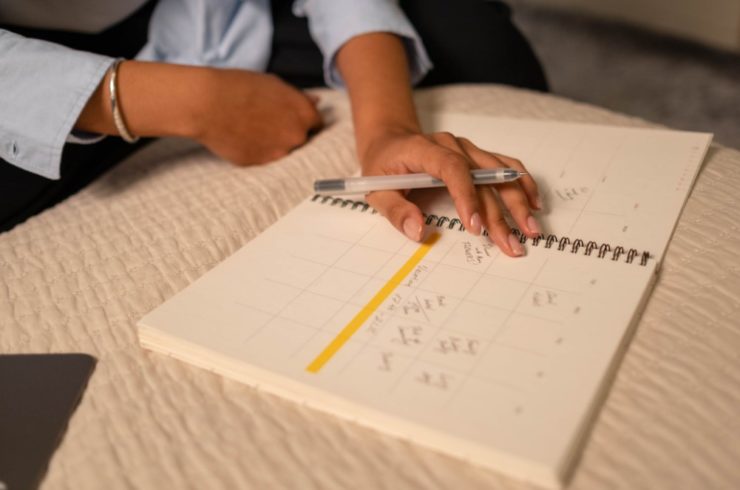
Creating a plan is one of the best ways to save on your food budget and will help eliminate costly last-minute meals. A good meal plan will provide structure so you know exactly what food to buy and when to buy it.
Meal planning isn’t necessarily difficult, but it takes a little work upfront. I’ve created a beginner’s guide to meal planning that breaks down every step, but here are the basics.
- Make a list of meals you love (keep it simple at first)
- Create a schedule for the meals you’ll eat in the coming week
- Make a detailed grocery list for the week and stick to it
- Do prep ahead of time whenever possible
- Take note of what works and what doesn’t, and don’t give up!
There’s a bit more detail that goes into a successful meal plan, but keeping it simple is one of the keys to success. And, if you follow some of my other food budgeting tips you’ll be on your way to becoming a meal planning pro.
2. Make A Shopping List And Stick To It
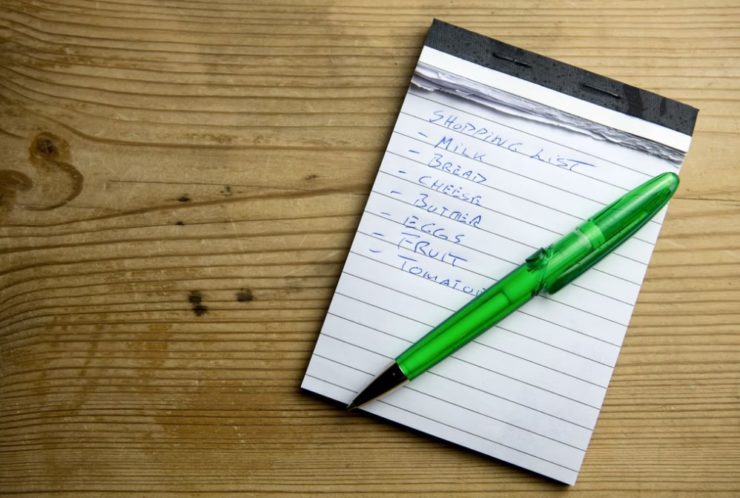
Doing the shopping for a restaurant kitchen can be tough. You always want the best ingredients, but you’re often working under a tight budget. That’s why making a detailed shopping list is so important.
Having a thorough list will give you an idea of how much your food is going to cost, and will allow you to make adjustments before you spend your first dollar.
That way, if you’re going to be over budget you can make some substitutions. And if you’re under budget, you can simply save the money or use it towards some kitchen staples that you know you’ll use in the future.
Now, restaurant “shopping” is usually done over the phone or on a computer, so there’s less temptation to buy treats like ice cream or those alluring check-out candy bars. So while it may take a little more willpower in person, do your best to stick to your shopping list.
3. Buy Your Staples In Bulk
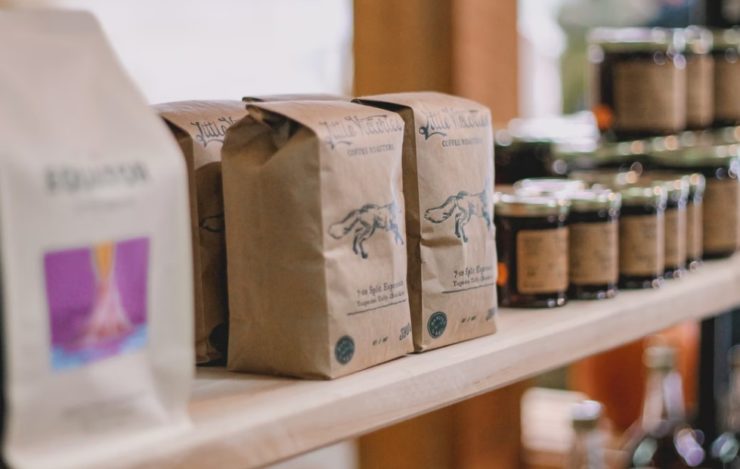
Buying in bulk is easy and basically required when shopping for a professional kitchen. And while buying everything in bulk probably doesn’t make sense at home, it can still be a useful money-saving tool.
In general, buying bulk packaged items are going to cost a bit less than buying individual pieces. So, buying an entire crate of peaches could save you a good chunk of change over buying them individually or by the pound.
But, you should only be buying large amounts of items that you know you’ll use. That’s why I try to stick to staples or dry and canned goods that have a long shelf life.
There’s no point buying that crate of peaches just to save a few bucks if half of them end up going bad before you use them. So for me, buying large bags of rice and dried beans, or an entire case of canned tomatoes is going to save money and definitely get used before they go bad.
4. Get To Know The Food That’s In Season
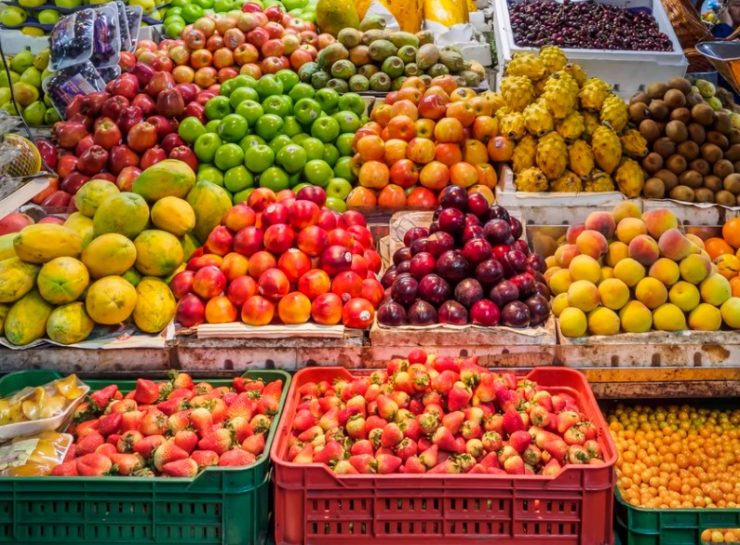
When designing and planning a restaurant menu, I always let seasonal produce lead the way.
For one, I think we naturally crave the food that’s in season. Bright, and fresh fruit and vegetable dishes in the spring and summer. Followed by rich, comforting root vegetables and stews in the fall and winter.
Food that’s in season not only tastes better but it’s more abundant and so it should cost less. Buying tomatoes in July and August when they’re at their peak should save you money. Not to mention, offer much better flavor than ones bought in December or January.
You can also save money, get the best products, and help the environment by buying locally produced fruit, vegetables, and protein. That way you’re not incurring the cost that comes from transporting your food 1000’s of miles from places like Mexico and California.
I know this has its limitations. I live in Colorado, so I’m out of luck when it comes to local citrus or any other tropical fruit. But, getting to know your seasonal foods will make meal planning easier and save money on your budget.
5. Practice FIFO
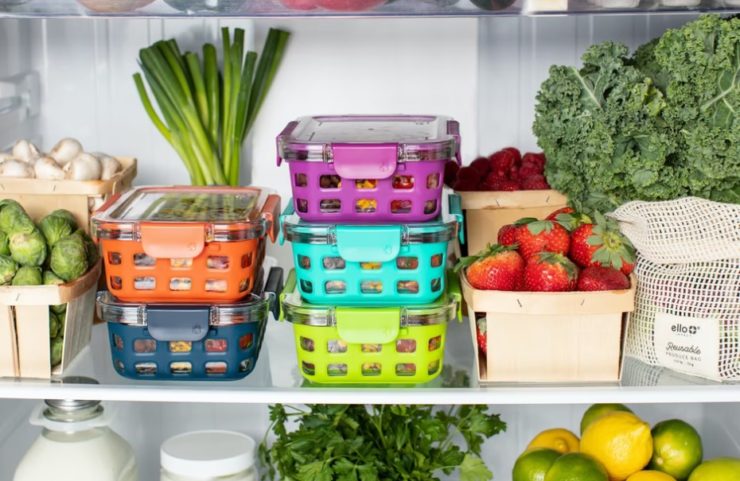
FIFO or First In First Out is an unspoken rule in professional kitchens. It simply means that we use older products before buying or opening new ones.
This is an easy-to-implement practice that will cut down on food waste. And, it will help keep your fridge and pantry from getting too cluttered and out of control.
Before you open or buy a new container of BBQ sauce or mustard, take a few seconds and make sure there isn’t one already open in the fridge. It seems like a no-brainer, but I almost always find several open containers of the same item, both in homes and professional kitchens.
FIFO should also and even more importantly be used for produce and protein that’s more likely to spoil.
It’s tempting to use the newest and maybe more exciting items that you just bought. But, if you have good produce leftover from last week, incorporate it into a meal sooner rather than later. The longer you wait the more likely it is to end up in the trash.
6. Take Inventory Of The Food In Your House
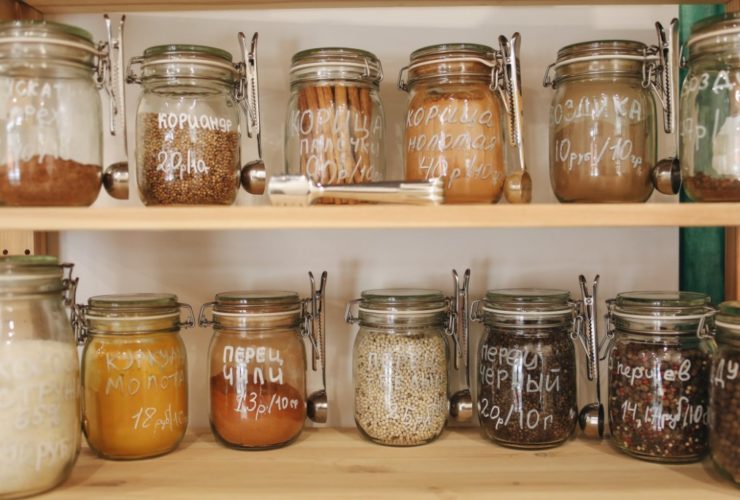
Inventory is a dreaded word in the restaurant industry. It’s a time-consuming and tedious task that involves counting, weighing, and recording everything in the kitchen and bar. While nobody likes doing it, it’s a key to budgeting, reducing waste, and menu planning.
At home, the process doesn’t need to be nearly as thorough but it’s still a good habit to develop. And, the more you do it, the easier it will be, and the more organized your kitchen will become.
You don’t even have to write anything down. But, just having a general idea of all of the ingredients that you have on hand is great for food budgeting, and a great place to practice FIFO.
If you can make one meal a week from all or mostly ingredients that you already have, that’s more money in your food budget or to save for something else.
7. Avoid Eating Out (Too Often)
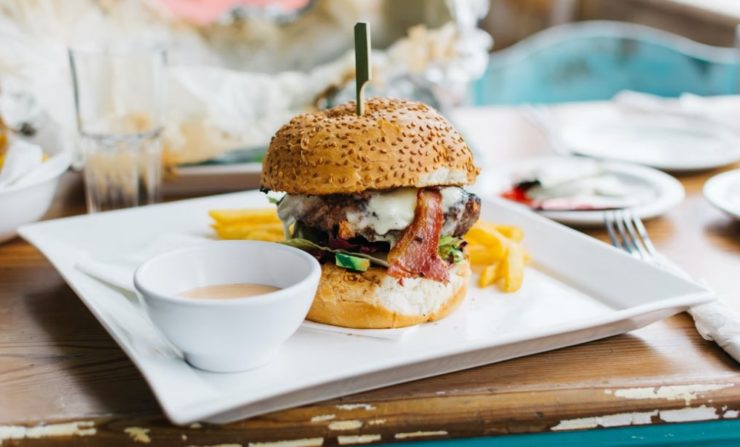
I’ve made a living off of people eating at restaurants, and it’s still one of my favorite activities, so I’m not going to tell you to stop. Just keep it to a minimum.
Cooking at home is one of the best ways to save money when it comes to your food budget. One dinner out at your favorite restaurant can easily cost as much as groceries for an entire week.
Sure cooking can take some effort, so try using a meal plan as a way to get in a cooking routine and set yourself up for success.
Not only does cooking your own food save money, but it tends to be much healthier. And, if you want to take it one step further, try planting a small vegetable garden. It’s a great way to connect to the food you eat, and I guarantee you’re less likely to let any produce you grow go to waste.
8. Track What You Spend
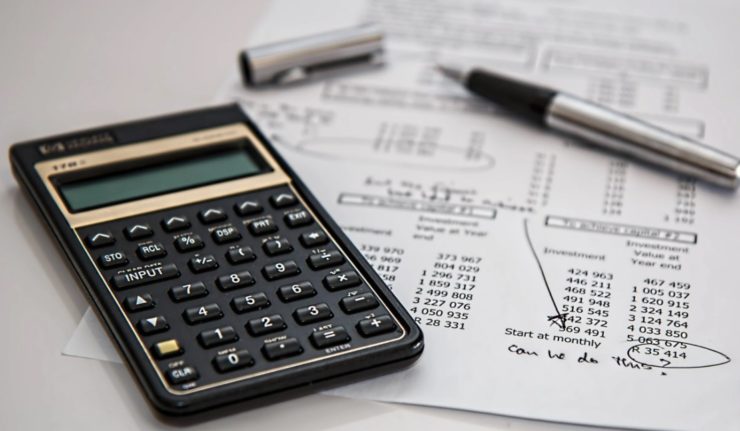
Keeping track of your spending is essential to a successful food budget. So, how much should you be spending on food?
If you don’t already have a set amount for your food budget, start by recording what you spend on food now. Keep track of how much you’re spending each week for an entire month. Now that’s your baseline that you want to beat.
Once you know where you stand, you can start setting your food budget. You could start easy by trying to spend 10% less and slowly decrease each month. Or, you could really challenge yourself and set your budget at 30 or 40% of what you were spending during your baseline month.
Whatever you decide to do, keep track. It’s the best way to visually see how you’re doing with your food budget and to hold yourself accountable.
There are a lot of different tools you can use that can help you stick to a food budget and spend less every month. But, cooking your own food is going to give you the biggest bang for your buck every time.
If you’re not sure where to start, check out my beginner’s guide to meal planning. It’s a great way to get started cooking more meals at home and to implement just about all of these food budgeting tips.
